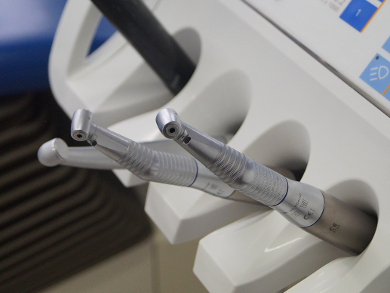Dental burs, the dentist’s drill bits, are made of stainless steel, diamond, or tungsten carbide combined with cobalt or nickel. The latter combinations could pose health hazards due to their heavy metal content if fragments of the material are left behind on the tooth or inhaled.
Assem Hedayat, University of Saskatchewan, Ning Zhu, Canadian Light Source, Saskatoon, both SK, Canada, and colleagues have used synchrotron radiation to detect and analyze debris from tungsten carbide–cobalt (WC-Co) burs under a composite tooth filling. They performed Synchrotron-radiation-based micro-computed tomography (SRμCT) to reveal the three-dimensional microstructure of the samples. The team found fragments from the drill stuck under the filling, where they were in direct contact with the dentinal tubules and the dentinal fluid. The detected particles had a mean diameter of 34.3 μm.
According to the researchers, products resulting from reactions between the dentinal fluid and the fragments are potentially capable of reaching the dental pulp. Since WC-Co has been classified as apparently carcinogenic by the International Agency for Research on Cancer (IARC), debris from such dental burs is a potential biohazard for patients. This should warrant further toxicological research.
- Synchrotron-radiation-based X-ray micro-computed tomography reveals dental bur debris under dental composite restorations,
Assem Hedayat, Nicole Nagy, Garnet Packota, Judy Monteith, Darcy Allen, Tomasz Wysokinski, Ning Zhu,
J. Synchrotron Radiat. 2016.
DOI: 10.1107/S1600577516002198




